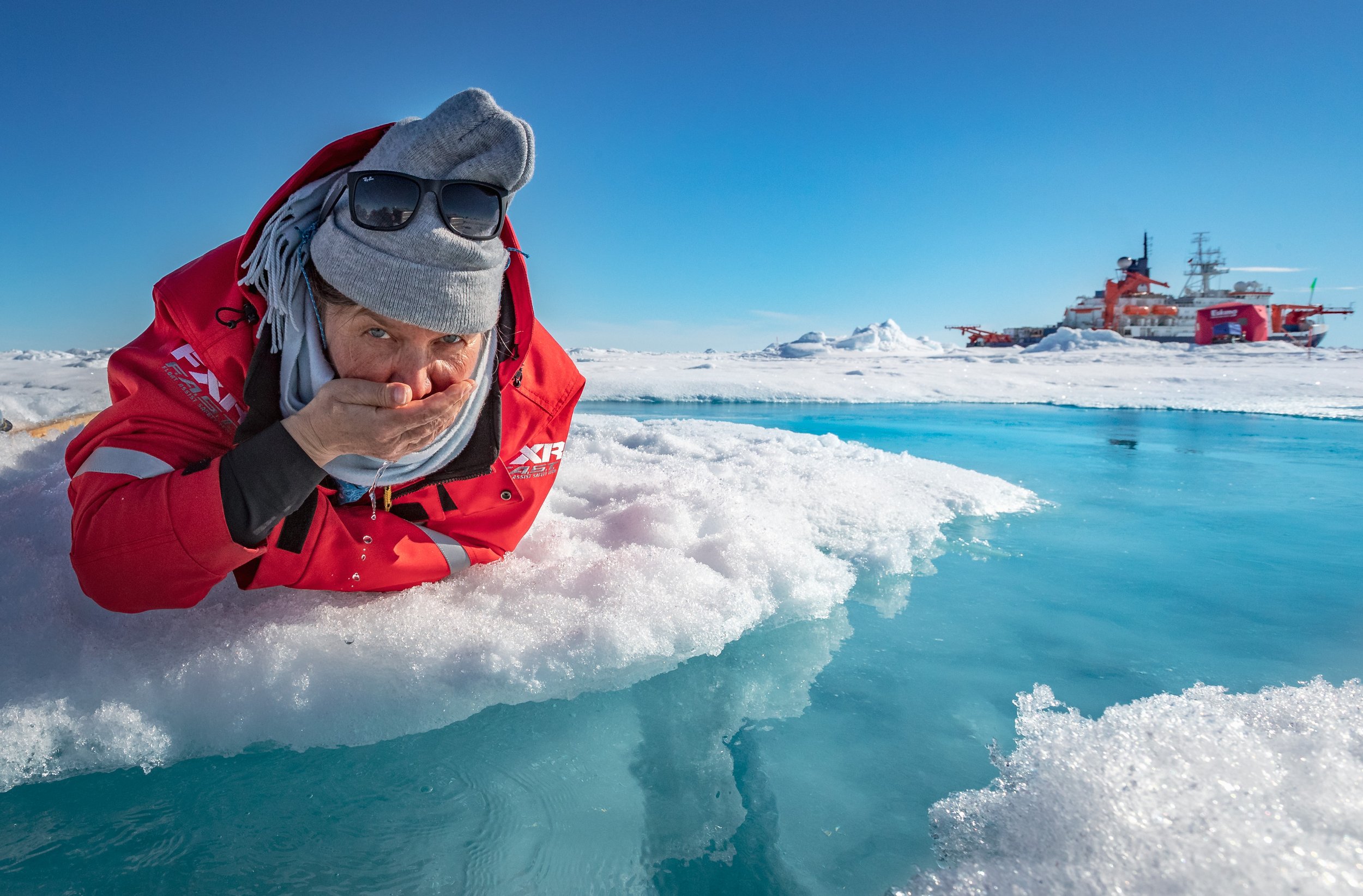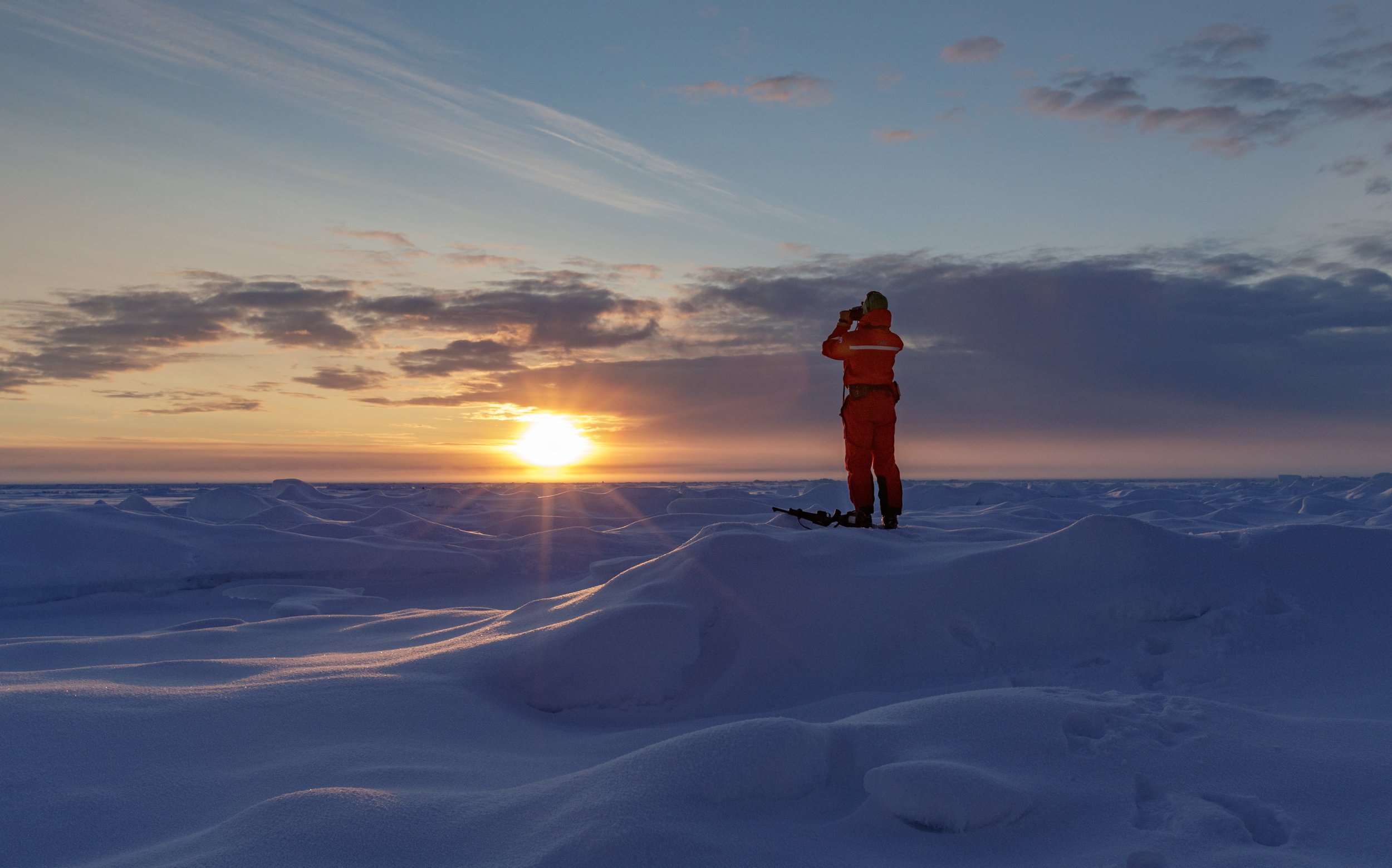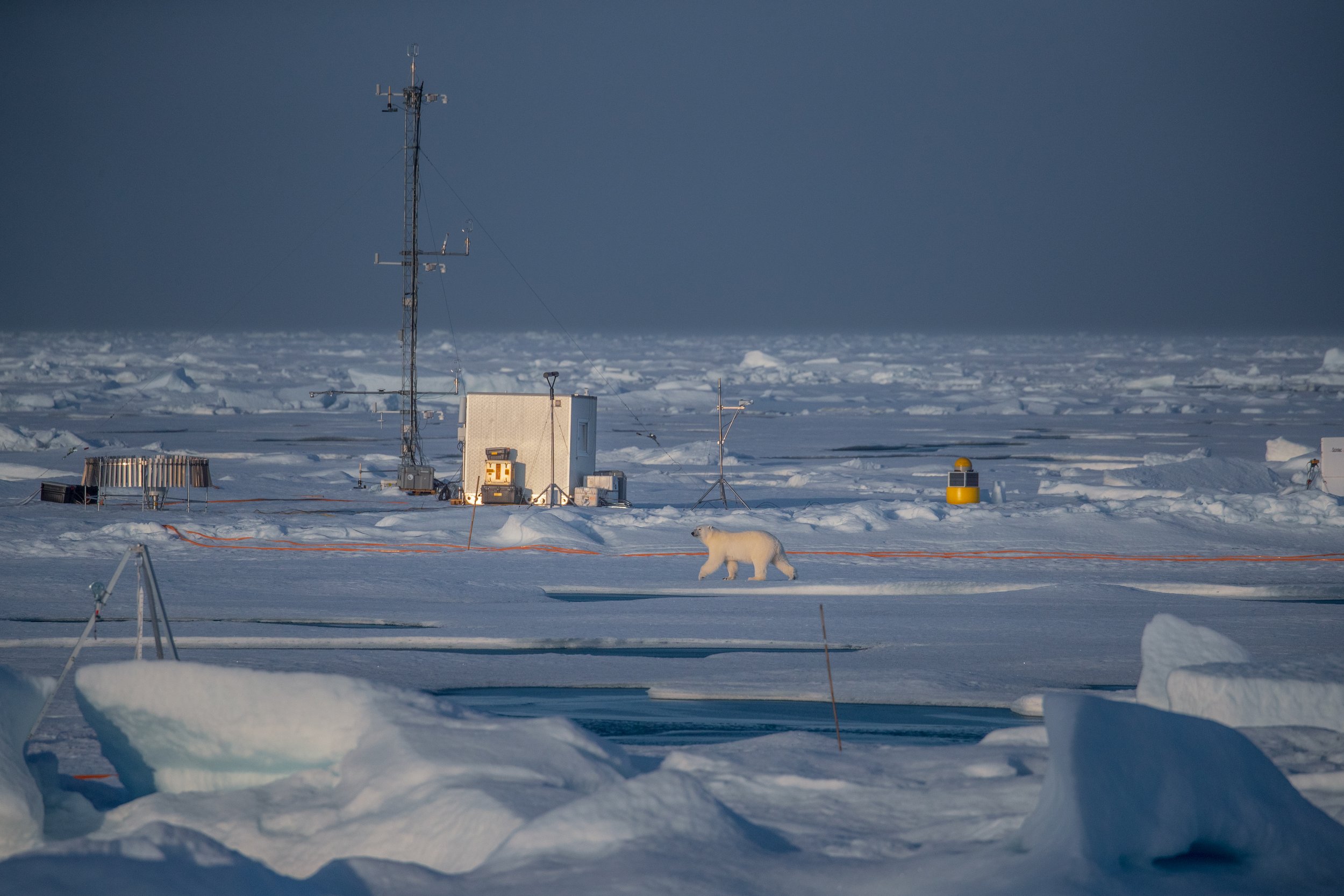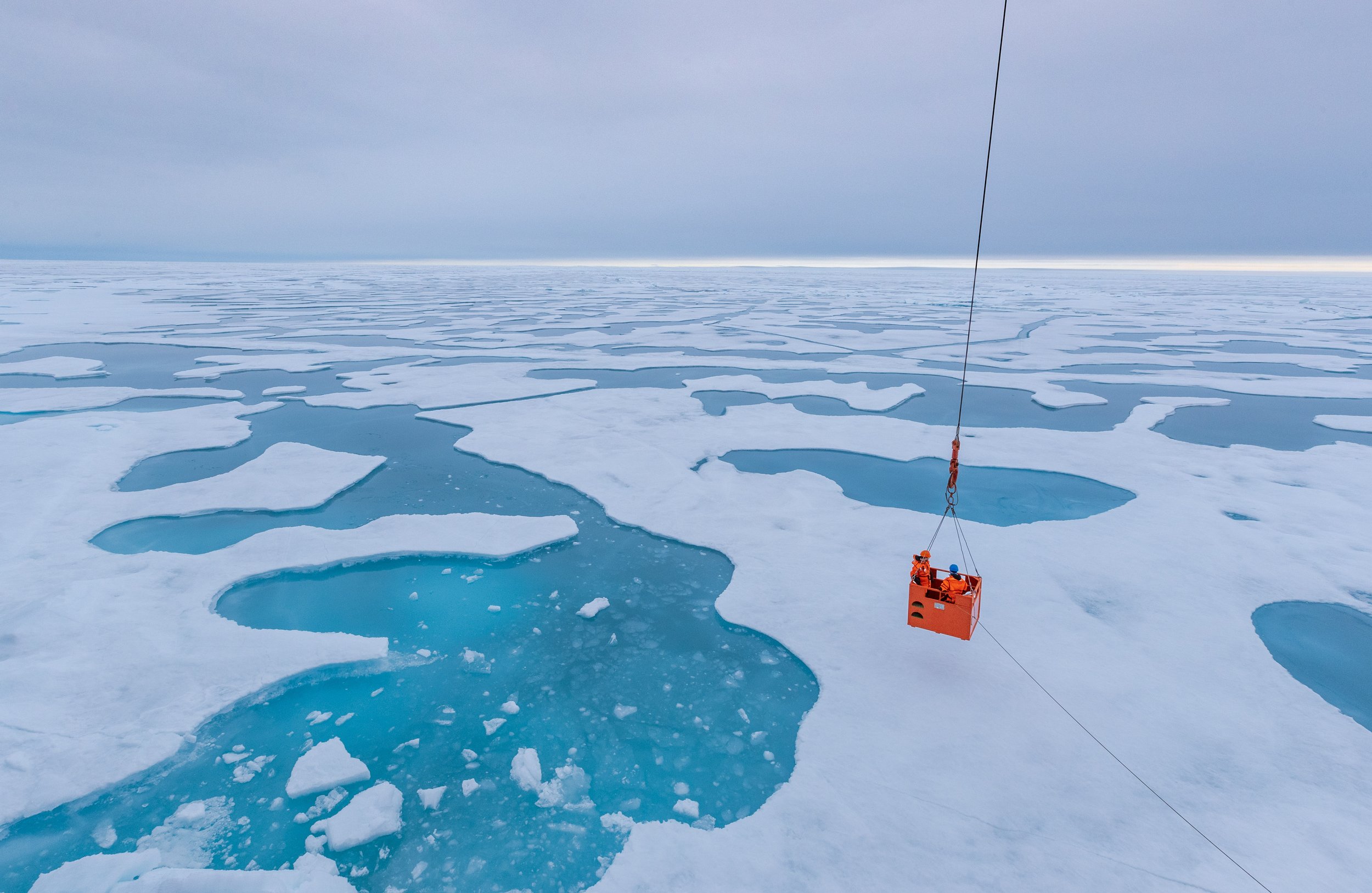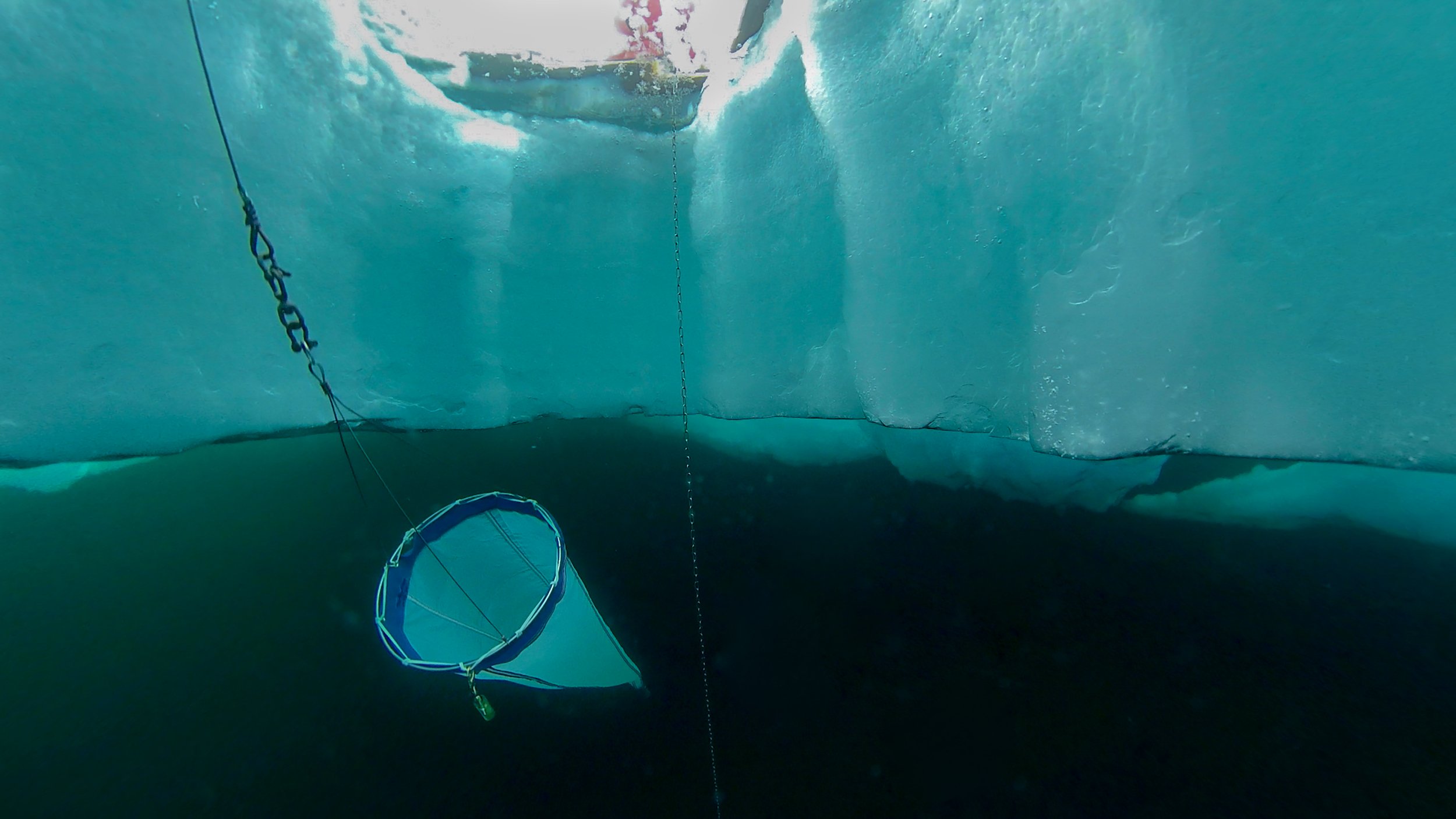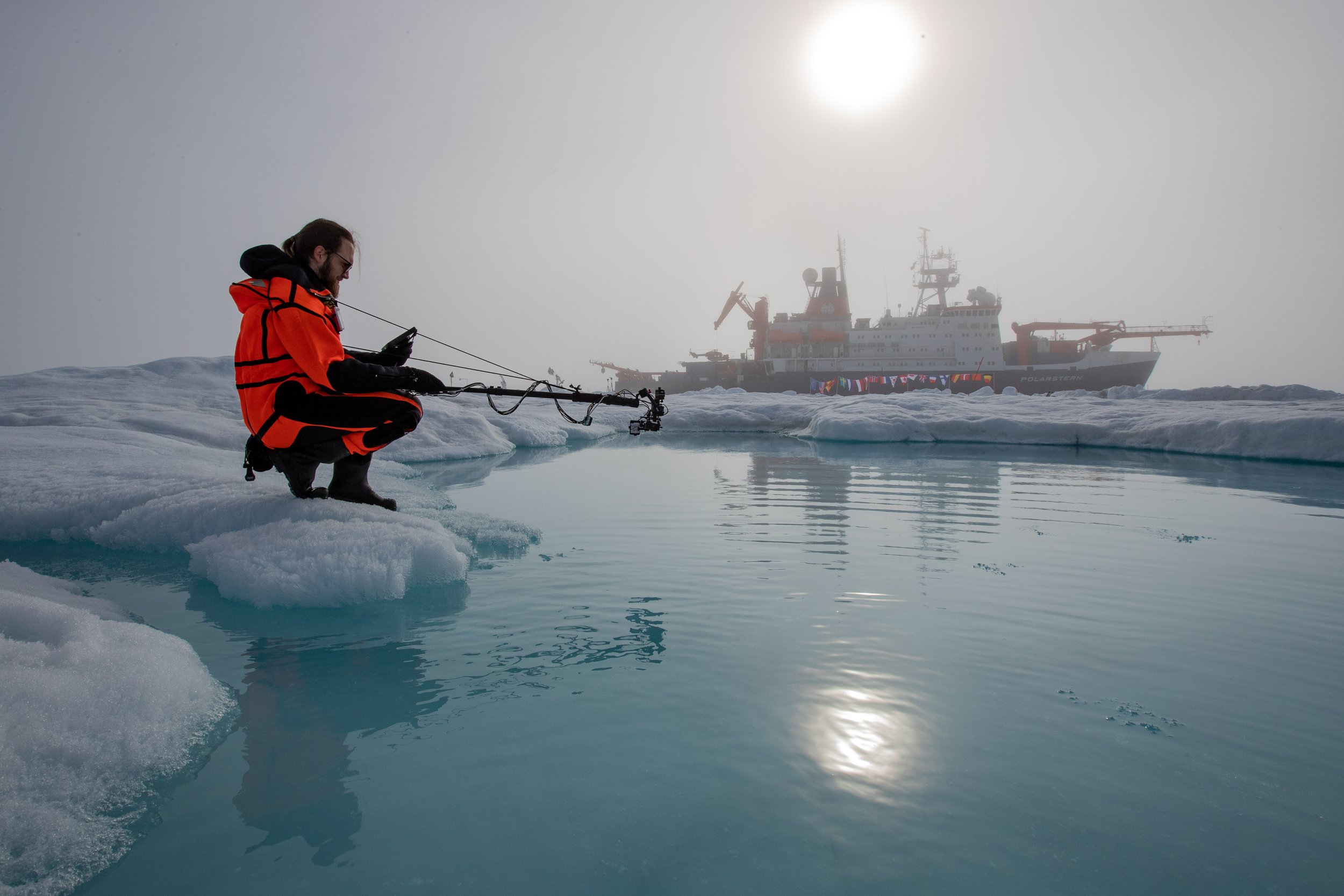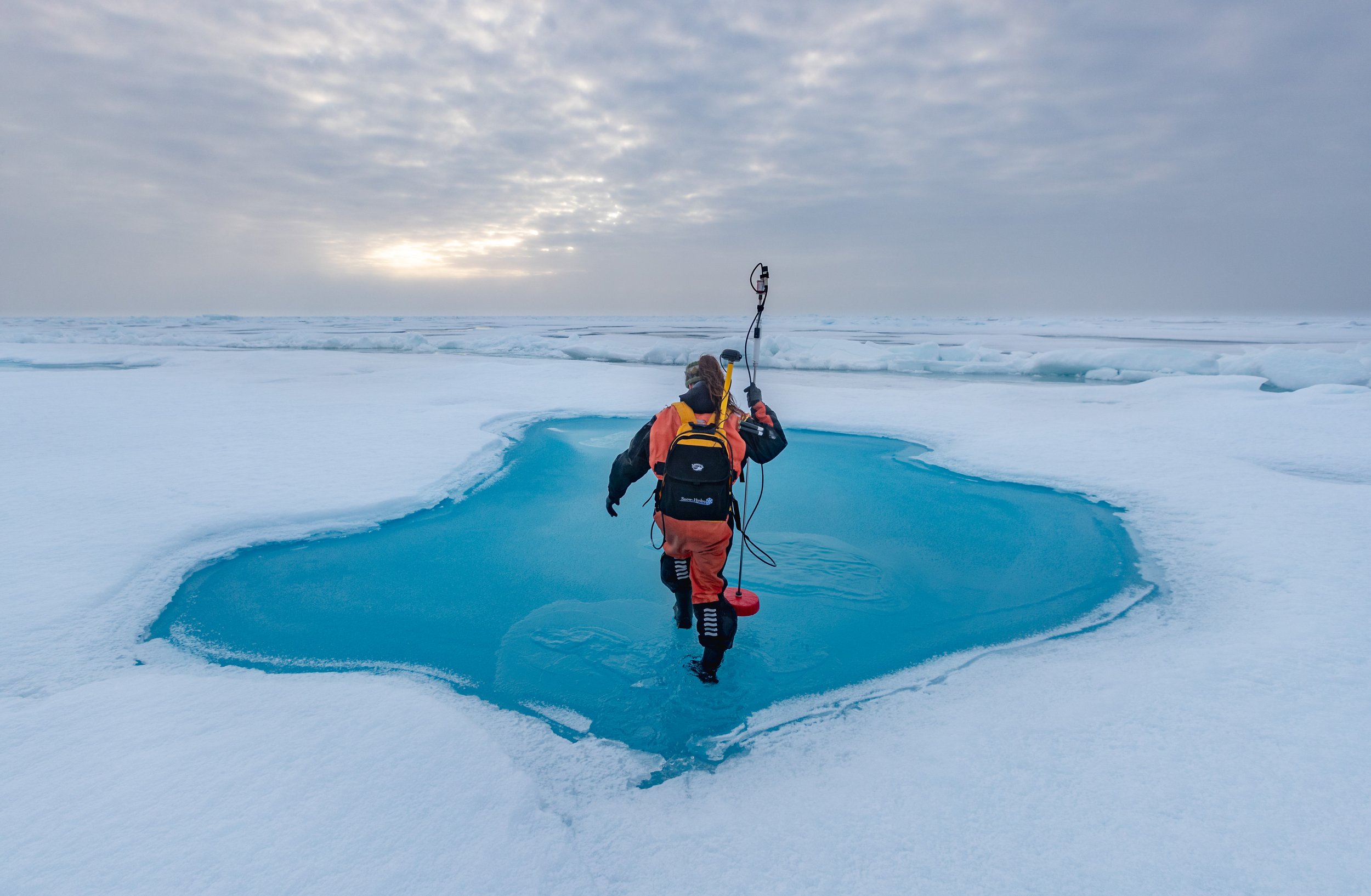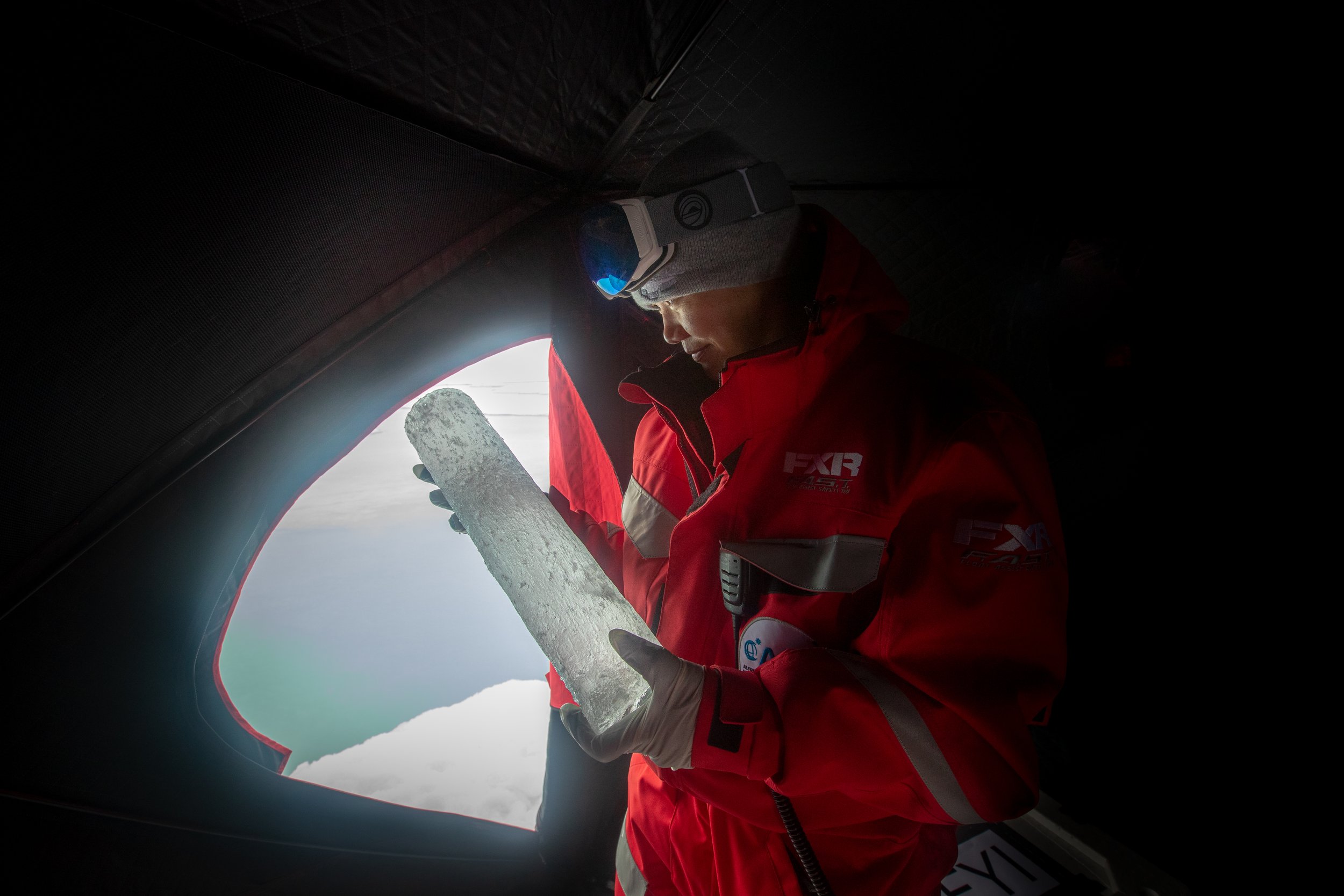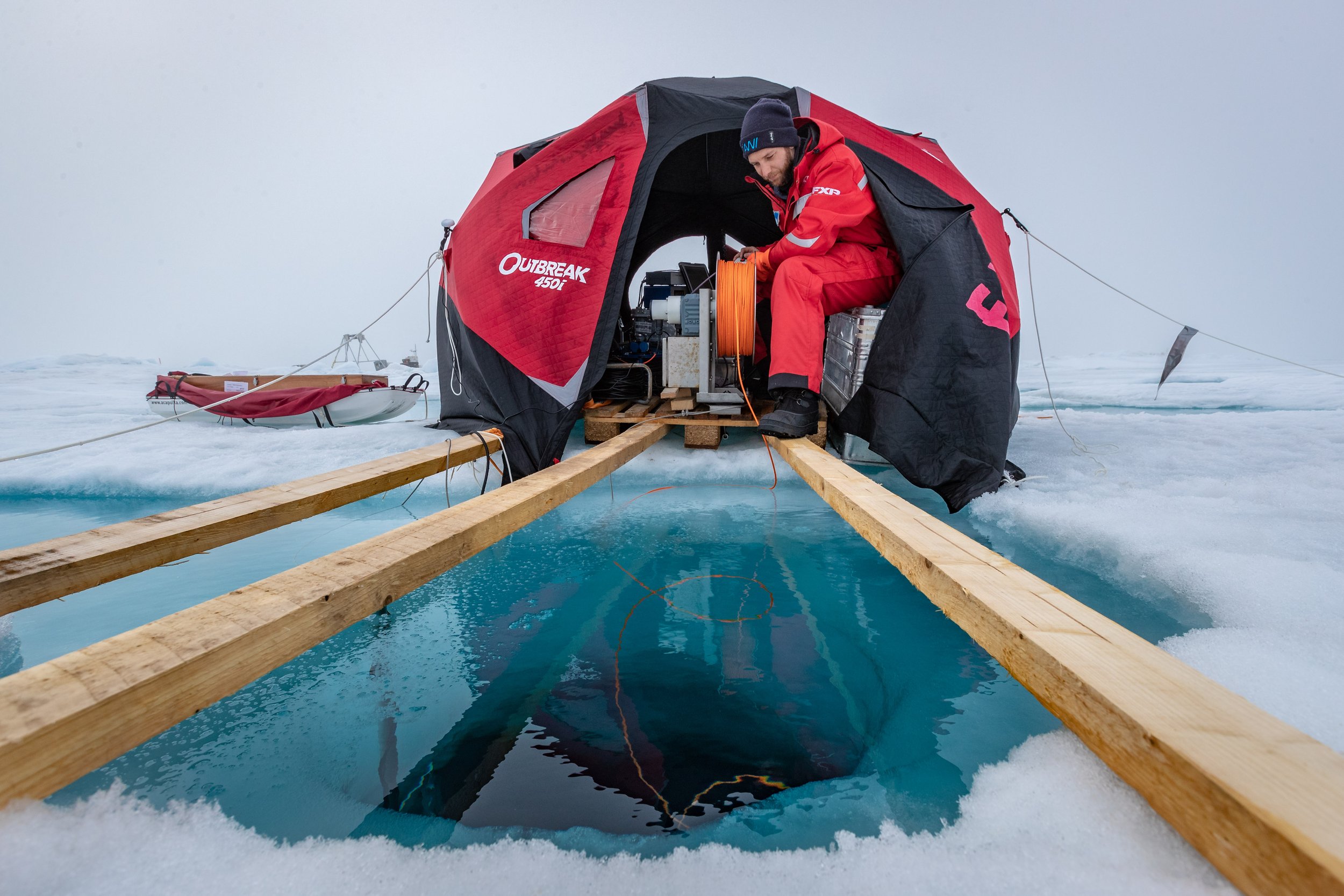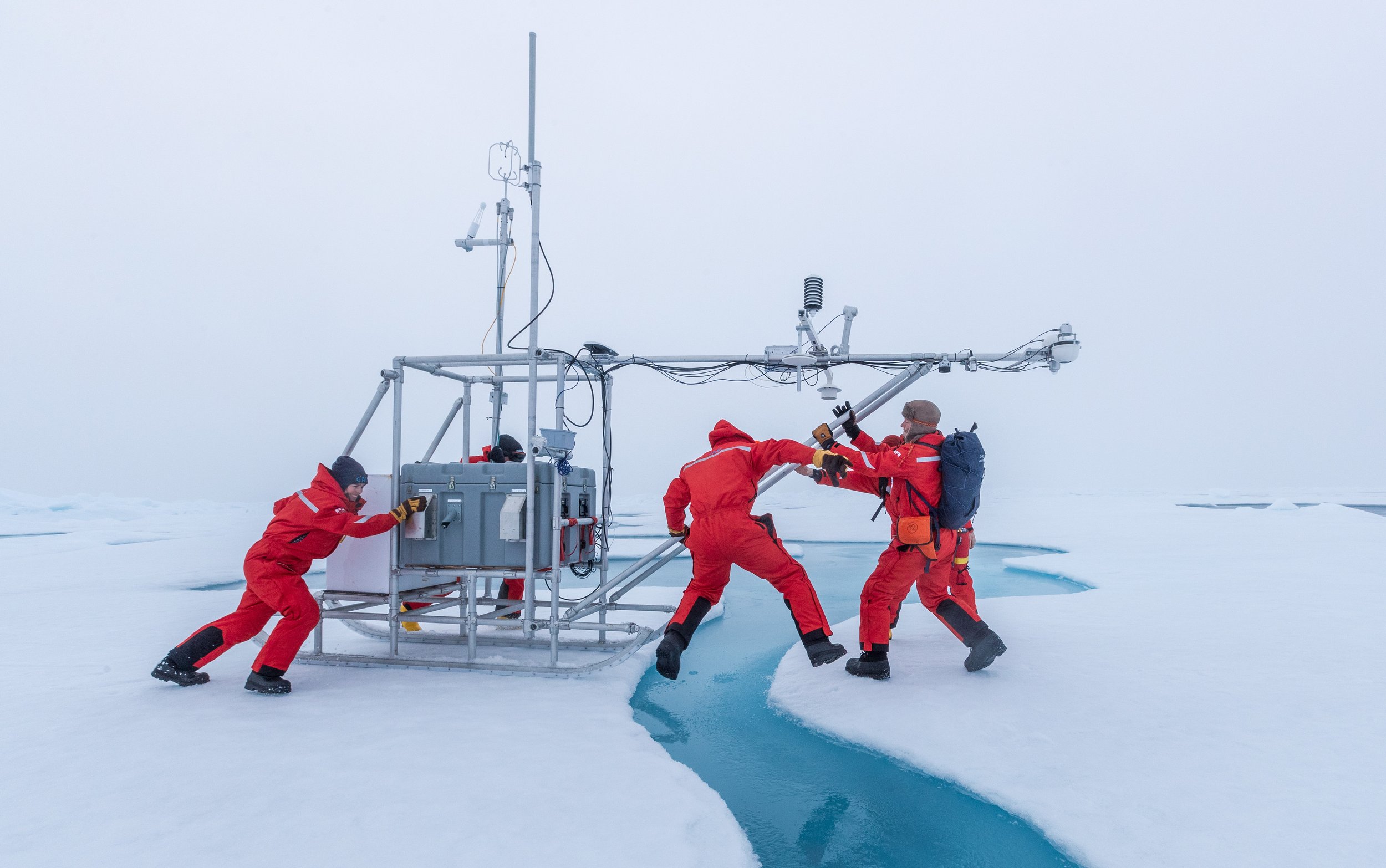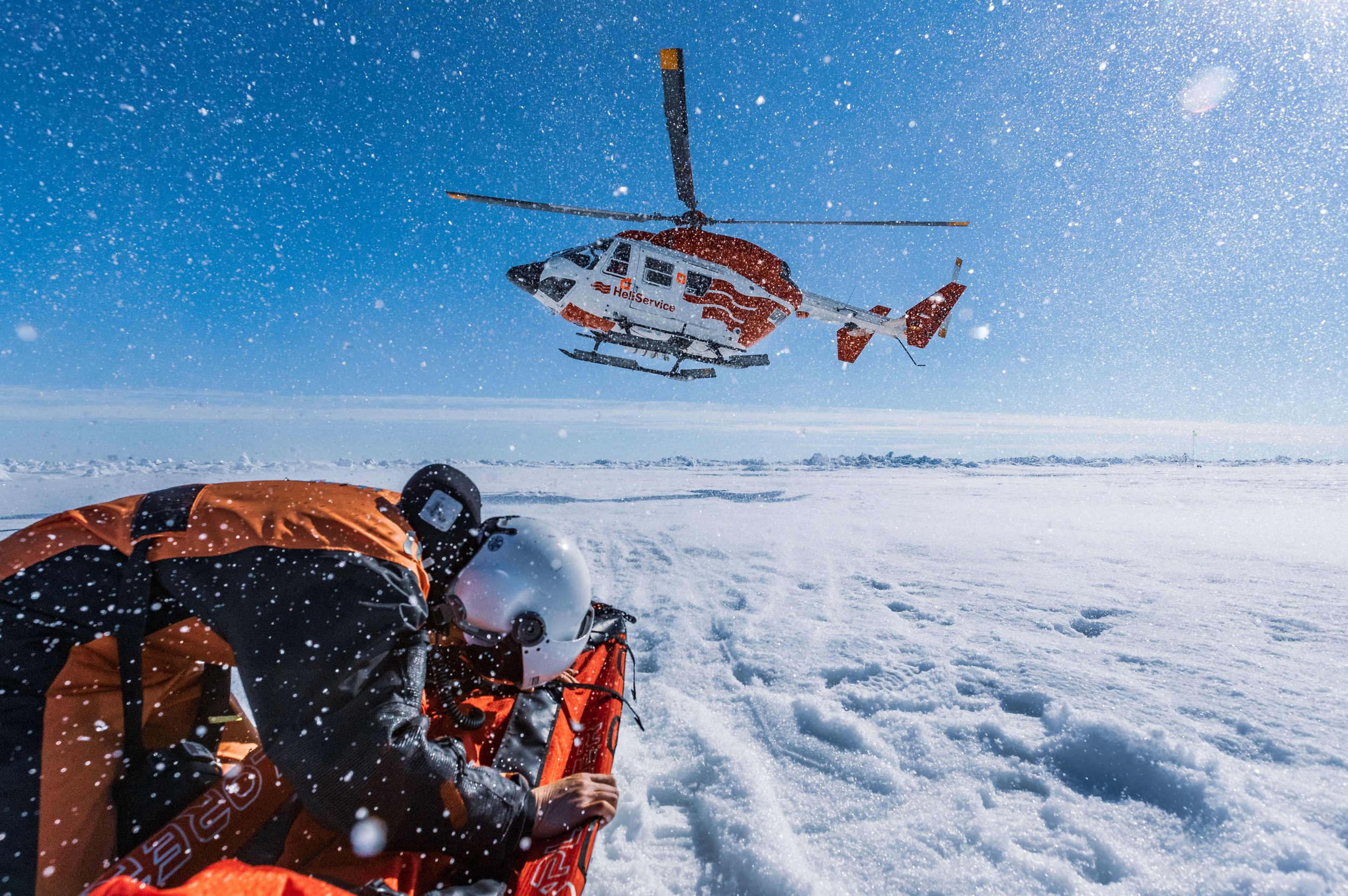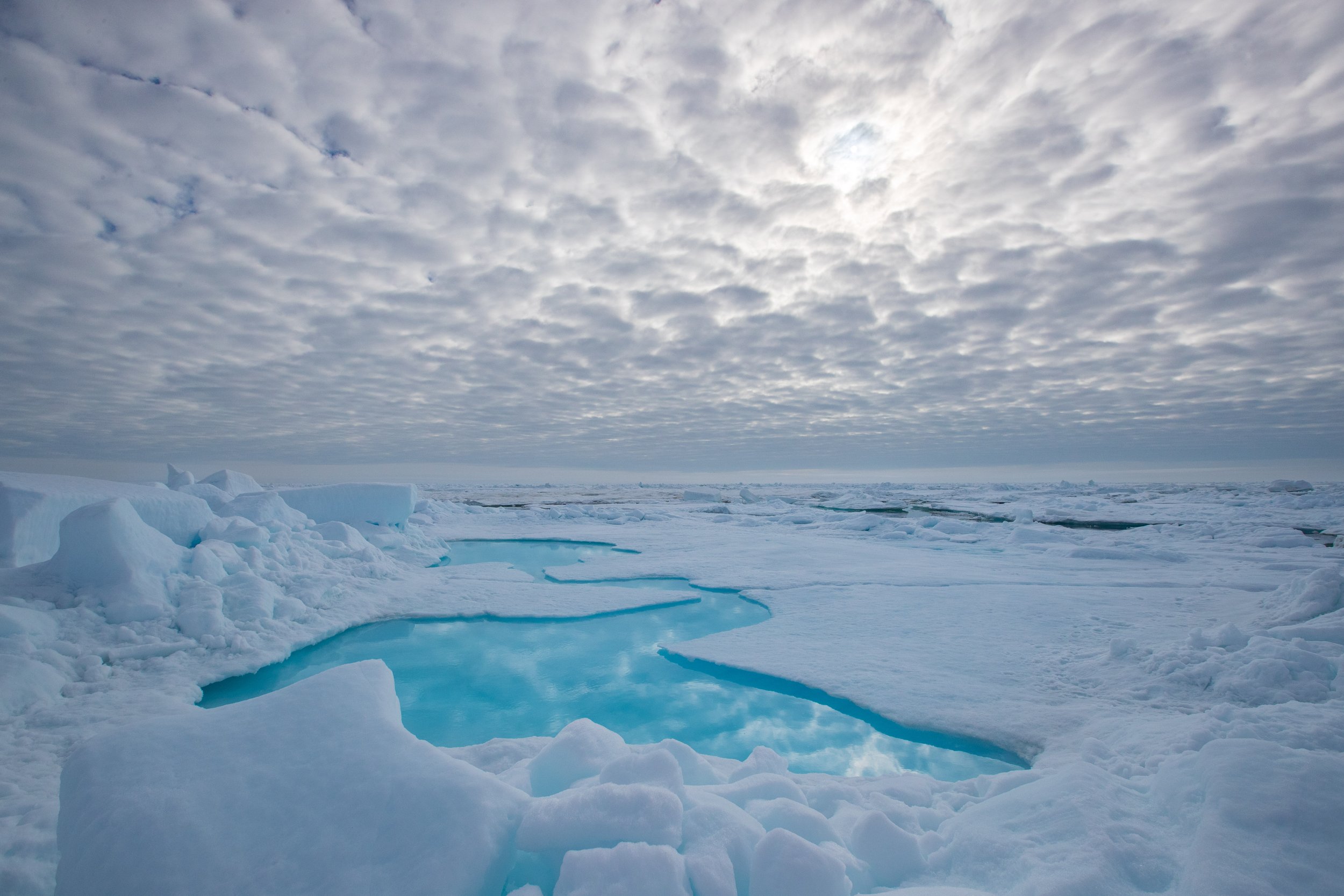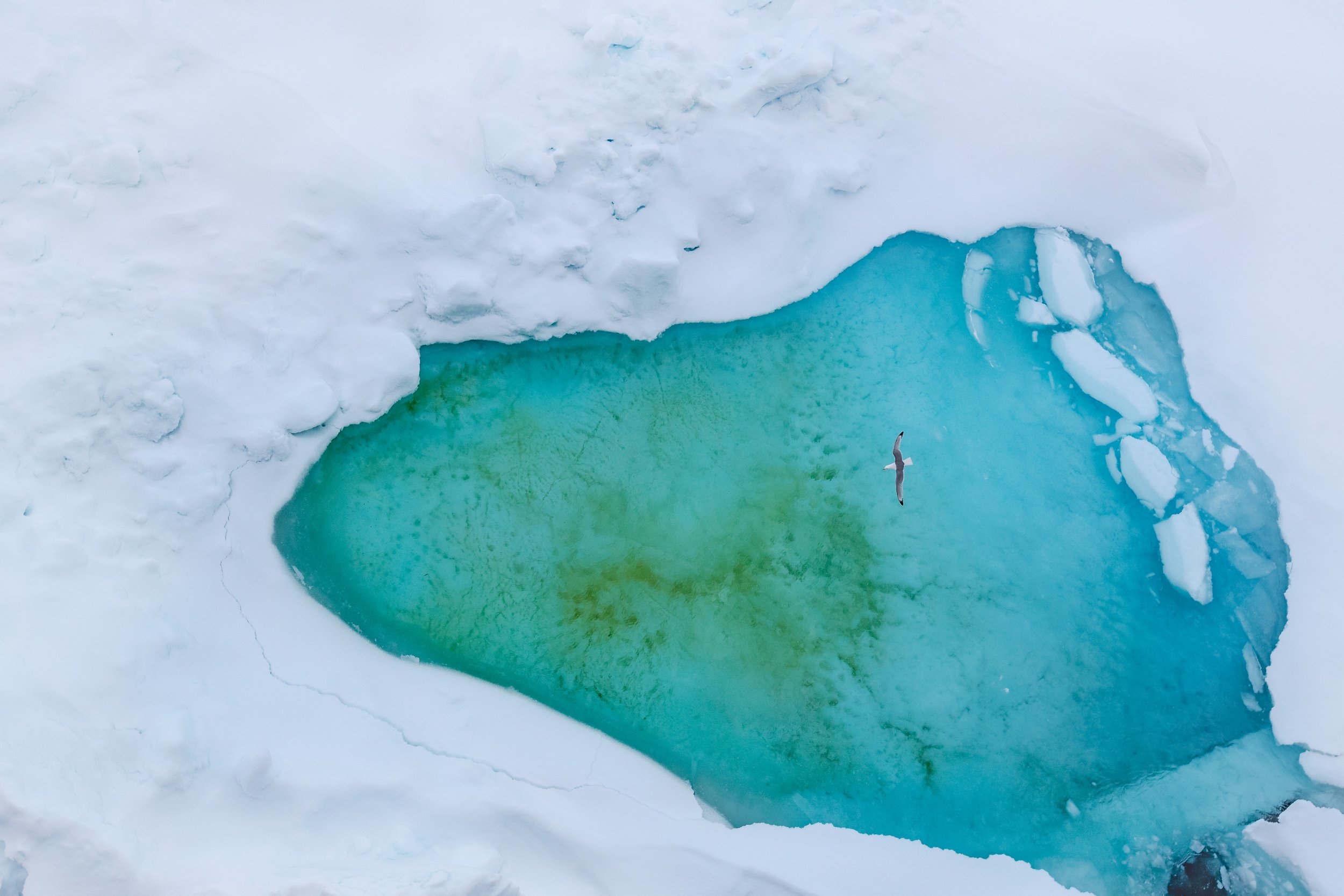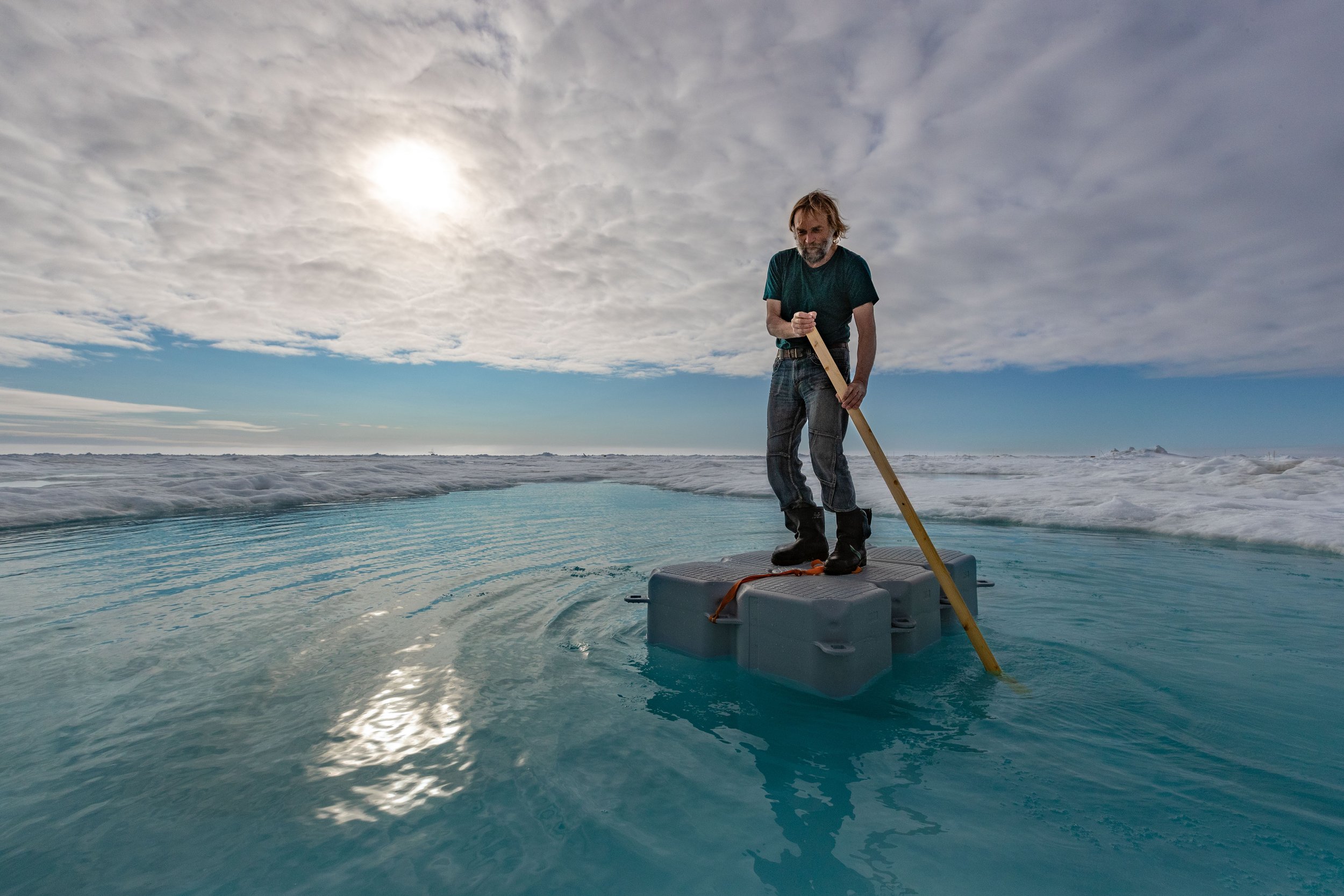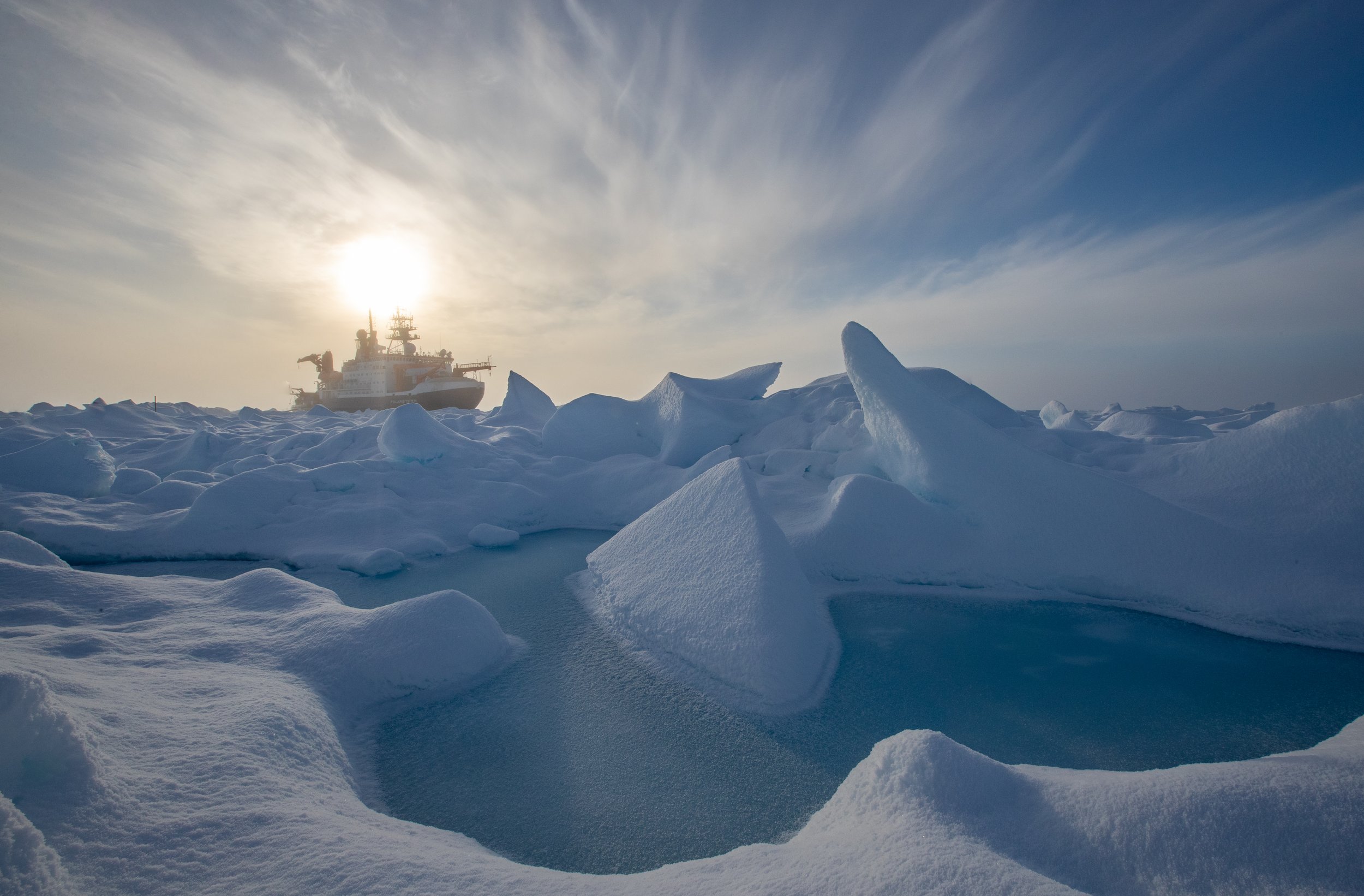MOSAiC: The Arctic Pulse
In 2020 in midst of the pandemic, one of the world’s largest and most complex central arctic research expeditions was happening close to the North Pole. The Multidisciplinary Drifting Observatory for the Study of Arctic Climate (MOSAiC) launched in September 2019. Led by the German Alfred Wegener Institute (AWI), the mission froze an icebreaker into the Central Arctic Ocean, to better understand the remote region and the role it plays in global climate and weather patterns.
Nixon was part of the research expedition from May to October 2020 as a role of documentary filmmaker and science communications liaison. In addition, she was on assignment for GEO Magazin and produced award-winning photography and film assets. Explore the products below:
The Arctic Pulse- Polar Planetarium Experience
Follow an international team of scientists from over twenty countries who embark on an epic year-long expedition to the Central Arctic, MOSAiC. The Multidisciplinary drifting Observatory for the Arctic Climate (MOSAiC) team froze the German Icebreaker R/V Polarstern into the sea ice for a year. For a year, the team drifts with an ice floe and strives to understand the Arctic climate system and its future.
The 360-degree planetarium dome show is the first planetarium feature film that captures the entire year of the Arctic climate, transcending the Arctic’s Polar Night and Day, and the experiences of the MOSAiC team as they face one of the most extreme and unique regions on our planet.
To view the dome format film, click here
To view MOSAiC Planetarium curriculum, click here
Tear Sheets
Photographs from her time on MOSAiC can be seen across numerous news outlets around the globe. Most notably Nixon’s work has been seen in GEO, Stern, PM, Nature, BBC, CBS, National Geographic, and much more.
Click Here for Lianna’s tear sheets.
Letters to the Arctic
Inspired by the experts onboard the MOSAiC Expedition, Lianna Nixon created the multimedia project Letters To The Arctic. She asked scientists to do a task that required them to wear more than just their scientist hats, and asked them to be a bit vulnerable and get personal. Students are prompted to reflect this in some way - stretch their minds about what it means to be a scientist working in a fragile and changing environment.
To explore the Letters to the Arctic Project, click here





